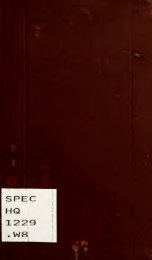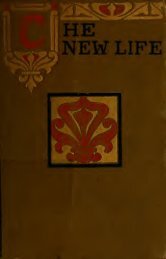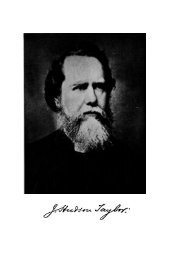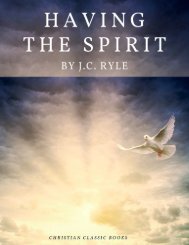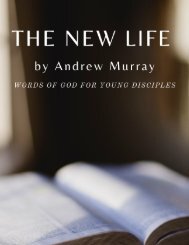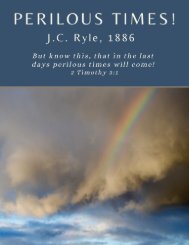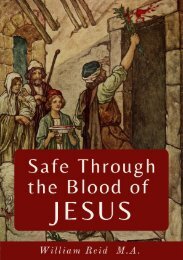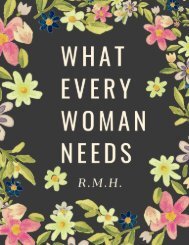Susanna Wesley
This is the story of Susanna Wesley, 1669-1742 Mother of Charles and John Wesley, who were founders of the Methodist Church. Susanna and her husband, Samuel, had nineteen children, ten of whom survived to adulthood. Her son Charles became a well-known hymn writer and her son John became the found of Methodism. Susanna was brought up in a Puritan home as the youngest of twenty-five children. As a teenager, she became a member of the Church of England. She became the wife of a chronically debt-ridden parish rector in an English village. She said, "I have had a large experience of what the world calls adverse fortune." Nonetheless, Susanna managed to pass down to her children Christian principles that stayed with them.
This is the story of Susanna Wesley, 1669-1742 Mother of Charles and John Wesley, who were founders of the Methodist Church. Susanna and her husband, Samuel, had nineteen children, ten of whom survived to adulthood. Her son Charles became a well-known hymn writer and her son John became the found of Methodism.
Susanna was brought up in a Puritan home as the youngest of twenty-five children. As a teenager, she became a member of the Church of England. She became the wife of a chronically debt-ridden parish rector in an English village. She said, "I have had a large experience of what the world calls adverse fortune." Nonetheless, Susanna managed to pass down to her children Christian principles that stayed with them.
You also want an ePaper? Increase the reach of your titles
YUMPU automatically turns print PDFs into web optimized ePapers that Google loves.
154 SUSANNA WESLEY.<br />
published from time to time in the Gentleman's Magazine.<br />
Aime appears to have been married in 1725 to John,<br />
Lambert, a land surveyor of Epworth, a very worthy<br />
man, who was fond of her and appreciated her father's<br />
talents. They lived for some time at Epworth, and<br />
then removed to Hatfield, where they were within<br />
reach of their relatives in London. They had one son<br />
named after John <strong>Wesley</strong>, who was his god-father.<br />
Mr. Lambert collected all his father-in-law's pamphlets,<br />
and took great pride in them. This marriage was in<br />
every way satisfactory.<br />
One of the events that diversified the monotony of<br />
life at Wroote must have been the memorable application<br />
(probably about 1725) of Garrett <strong>Wesley</strong>, of<br />
Dangan Castle, Ireland, to the Rector, who was hi&<br />
kinsman, asking whether he had a son named Charles,<br />
and, if so, whether he would allow him to be appointed<br />
his heir. The youth<br />
left the decision to his father,<br />
who again referred it to Charles as the person most<br />
nearly concerned; and Mr. Garrett <strong>Wesley</strong> went<br />
to see him at Westminster and pressed him to accept<br />
what he had to offer. For some unaccountable<br />
reason it was refused, and Garrett <strong>Wesley</strong><br />
left his<br />
property to a more distant relation, Richard Colley,<br />
on condition that he should assume the name of<br />
<strong>Wesley</strong> and the armorial bearings of the family.<br />
This Richard Colley <strong>Wesley</strong> was created Baron Mornington<br />
in 1746, and his only son Garrett married the<br />
daughter of Viscount Dunganuon, and became in due<br />
time Earl of Mornington. His eldest sou was the<br />
Marquis Wellesley, some time Governor-General of<br />
India, and his third son the great Duke of Wellington.<br />
In none of Mrs. <strong>Wesley</strong>'s correspondence<br />
is the




